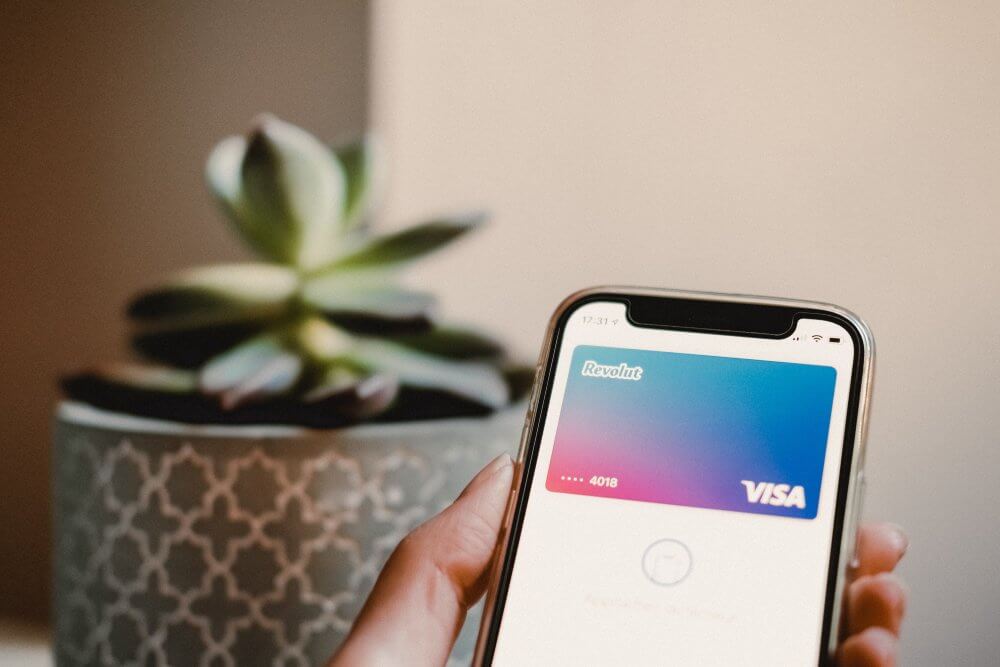
Image Source
The growth of mobile payments in the UAE and the rest of the Middle East has become quite noticeable in recent times. And such modes of payment are no longer popular only among the tech savvy or financially literate. They have become an important part of the general society as we know it. Digital payments have also helped SMEs (small-and-medium-enterprises) and business owners in the Middle East to expand their markets in ways never thought of before!
With online shopping on a steep rise, especially in the wake of the pandemic, eCommerce and the mobile payment industry are set to experience major growth in the coming years. Read on to know more and understand how UAE will soon evolve into a cashless society, backed by the power of mobile payments.
COVID and mobile payments
As lockdowns and movement restrictions encouraged consumers to switch to cashless payment alternatives, COVID-19 accelerated the adoption of digital payments in the Middle East.
A study conducted by Checkout.com, a London-based payments system, says the Middle East region used to be dominated by cash earlier but online shoppers have now shifted to using digital payments. This change has presented a huge growth opportunity for multi-currency online payment gateway providers like PayTabs. The report included a survey conducted on more than 5,000 consumers in Saudi Arabia, UAE, Jordan, Kuwait, Pakistan, Egypt and Qatar.
- The number of consumers who anticipate shopping online more often over the next year in those countries is 47%. 38% expect their online shopping frequency to remain the same, while only 15% expect it to decline.
- As a result of the pandemic, 40% of online shoppers say they are shopping and paying online, according to the regional manager at Checkout.com, Mo Ali Yusuf.
- “Digital payments have been on the rise for the past six years, but the pandemic fastracked the growth trajectory and condensed five years of growth into just a few months,” Yusuf said.
- The impact of COVID-19 has caused e-commerce and digital payments to surge this year, but the changes we are witnessing today go beyond a temporary shift.”
- While digital payments have become more popular in the Middle East in the last few years, cash on delivery still occupies a large portion of consumers’ wallets.
- Over the next decade, there is a great deal of potential for growth in this market, he stated.
As consumers shop online more frequently, they prefer digital payments over cash on delivery or bank transfers. 62% people who purchased something online once a month used a card or digital wallet in UAE and other countries. This is compared to the 44% who were shopping online less frequently.
UAE takes the lead in digital payments in the Middle East
UAE’s mobile payments growth has been especially noteworthy in the Middle East region. A regulatory framework and a supportive government have paved the way for the establishment of a Cashless Dubai Working Group. All digital payments in Dubai will be shifted to secure and easy-to-use cashless platforms through this group.
The Vice President, Prime Minister and Ruler of Dubai, Sheikh Mohammed Bin Rashid Al Maktoum, announced recently that the UAE Cabinet had adopted an agreement linking the payment systems of the GCC, ensuring greater integration of the region and facilitating a more significant expansion of its multilateral trade.
Compared with Europe’s annual growth of 4 to 5 per cent, consumer digital payments transactions in the UAE grew at a rate of over 9 per cent between 2014 and 2019. During 2022, digital payment volumes from SMEs grew by 44 percent, according to a report by McKinsey and Co.
There is no doubt that this adoption is having a positive impact already. As a means of promoting financial inclusion and promoting efficiency in the public and private sectors, digital payments have and continue to increase efficiency.
Business opportunities due to digital payments
The rapid growth of the mobile payments industry has presented exciting business opportunities to capitalise on. Younger generations are looking to make payments directly from their mobile phones or even smartwatches. This kind of technology has combined the convenience of online payments and the security of an app.
Smartphones account for more than 80% of all mobile devices, promoting the possibility of new inventions. The utilisation of e wallets in UAE and other Middle Eastern countries is also on the rise since they allow the user to go cashless without having to use a traditional bank account.
Sending and receiving money through apps on mobile phones has become increasingly popular. The process removes any ‘middleman’ and makes online transactions cheap or even free. Just one click and the money gets transferred. Apart from the ease of use and speed, it also prevents the need for users to carry their cards or remember an endless number of PINs.
Numerous multi-currency online payment gateways have also emerged in the UAE and they are gaining popularity in the domain with their extensive lists of digital payment solutions. But some challenges still stand in the way.
Digital future
There is still some resistance to mobile payments growth though, especially among older people who are, in general, less technologically able – but the popularity of cash transactions is likely to dip overall. Due to their convenience, ease of use, and the increasing number of businesses that digitalise and can accept such payments, digital and especially mobile-based transactions will become increasingly popular over the next few years.
There is no denying that the changes triggered by the pandemic are here to stay, and businesses will soon be expected to offer cashless options; and companies that do not do so will start falling behind their competitors.
Along with traditional debit and credit cards, QR codes and other solutions, mobile payments will play an important role in the UAE’s move towards a cashless society.
PayTabs’ role
By providing seamless B2B ecommerce solutions to SMEs, PayTabs has emerged as an early pioneer in the fintech sector. A full stack of game-changing mobile applications, hospitality, government, education, airline, travel, transportation, and biller solutions has been developed and exported by PayTabs with private Saudi investment, linking the multibillion-dollar MENA enterprise market chains together. With the launch of PayTabs SwitchOn, the real-time, integrated, turnkey platform, PayTabs has consolidated its position as a top multi-currency online payment gateway provider and global leader in end-to-end payments solutions.
In addition to its stellar fraud prevention system, PayTabs has been processing payments since 2014. Businesses have been able to process payments securely, thanks to its innovative and agile solutions. Visa and Mastercard have recognised PayTabs’ security, making it one of the most popular payment gateway providers in the UAE.
Features
- Stellar merchant dashboards
- Omnichannel payment solutions
- Simple documentation and onboarding process
- 360 payment processing
The pricing system at PayTabs is straightforward. The company offers three types of plans: start-up, growth, and enterprise. Early-stage companies will benefit from the start-up plan, which has a fixed monthly fee. Growth plans help drive sales and offer great value. Enterprise plans are for businesses looking to expand.
To conclude
Global financial systems are currently based on the growth of mobile payments. By increasing access, a wide range of benefits are unlocked. To finance their working capital requirements and grow their businesses, merchants have access to new forms of funding today. Real-time data is another advantage businesses gain when they adopt digital payments. As a result, merchants can use data-driven insights to make strategic decisions and identify emerging patterns and trends. Creating more accurate economic forecasts is also possible using the wealth of data generated by digital payments.
On the other hand, consumers benefit too, from fast, secure, convenient payment systems that offer them multiple options. They can also access innovative platforms that allow them to spread payments for goods and services out over time, such as buy-now-pay-later platforms.
So, it is a win-win for both businesses and customers in UAE and the rest of the world. Hence, transitioning to a cashless society is no longer a pipe dream.








 Matthew Cooper – Marketing Automation & Operations Manager, Global App Testing
Matthew Cooper – Marketing Automation & Operations Manager, Global App Testing

